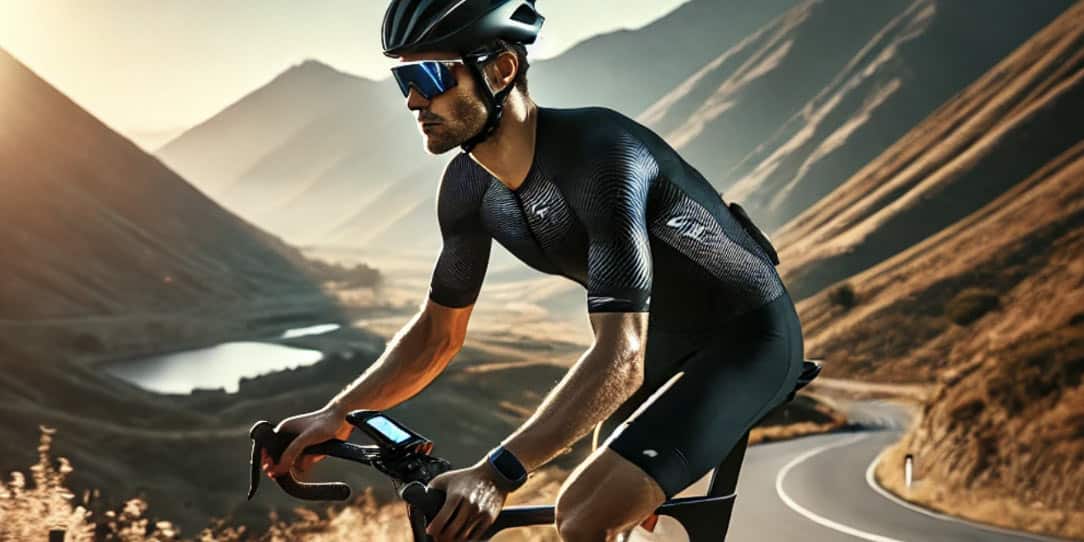
Cycling is more than just jumping on your bike and pedaling off into the horizon it’s planning, strategy, and having the right gear to allow you to produce your best possible performance. Whether you’re a pro or a weekend warrior, making adjustments to your strategy can make a huge difference on your rides.
Choosing the Right Gear for Optimal Performance
The right cycling gear can elevate your comfort and efficiency. From apparel to bike accessories, selecting high quality equipment ensures you’re prepared for any ride.
Cycling Apparel Matters
A well fitting cycling kit is not just for appearance it plays a critical role in aerodynamics, temperature regulation, and comfort. Moisture wicking and breathable materials keep you cool when it’s hot and warm when it’s cold. For those who wish to personalize their kit, a shirt custom print option can add a personal touch to team jerseys or personal equipment.
The Importance of a Properly Fitted Bike
A poorly fitted bike can cause aching, injury, and decreased efficiency. Spending a little money on a professional bike fitting session can dramatically change your posture, reduce stress, and increase overall performance. A correctly fitted saddle height, handlebar position, and pedal alignment result in less shaking and decreased fatigue.
Must Have Accessories
Helmet: Safety first. A good, airy helmet protects your head from impacts and enhances aerodynamics.
Cycling Shoes & Pedals: Stiff cycling shoes with clipless pedals ensure enhanced power transfer, reducing wastage of energy.
Gloves & Padded Shorts: Reduce vibration effect and hand and saddle pain avoidance while riding for longer periods.
Bike Lights & Reflective Gear: Essential for early morning or evening rides to ensure better visibility and safety.
Hydration Systems: Staying hydrated is essential, and having a hydration pack or easily accessible water bottles will prevent cramping and fatigue on extended rides.
Effective Training Strategies
In addition to good gear, a well-structured training program optimizes your cycling potential.
Structured Workouts for Endurance and Speed
Building endurance and speed requires alternating between high-intensity interval training (HIIT) and steady state endurance rides. Include:
HIIT Sessions: Max effort for short periods of time with rest time. This builds speed, endurance, and cardiovascular conditioning.
Long Distance Rides: Builds overall endurance and mental toughness by gradually building mileage.
Hill Repeats: Builds leg muscles and increases climbing power.
Cadence Drills: Maintaining high cadence (80-100 RPM) maximizes energy expenditure with minimal muscle fatigue.
Strength Training for Cyclists
Leg strength is important, but don’t neglect core and upper body strength. Incorporate exercises like:
Squats and Lunges: Build lower body strength for better pedal power.
Planks and Russian Twists: Build core stability, which assists with bike control and avoids fatigue.
Pull Ups and Shoulder Presses: Build upper-body strength for better bike handling and posture support.
Deadlifts: Build overall strength and stability for better power on the bike.
Recovery and Nutrition
Adequate recovery is just as critical as training. To optimize muscle repair and performance:
Hydrate Well: Fatigue and cramps are caused by dehydration. Electrolyte drinks replace lost minerals.
Protein and Carbs: Consume balanced meals with proteins to rebuild muscles and carbs for energy endurance.
Rest Days: Give muscles time to recover and rebuild to prevent burnout and injury.
Stretching & Foam Rolling: Prevents stiffness and recovers muscles at a quicker rate.
Sleep Optimization: Ensuring at least 7-9 hours of quality sleep helps muscle repair and improves overall performance.
Cycling Smart: Technology and Tracking Progress
Modern technology can provide valuable insights into your performance.
Cycling Computers & GPS Trackers: Measure speed, distance, elevation, and heart rate to track progress and set new goals.
Smart Trainers & Virtual Cycling Apps: Indoor trainers with real-time resistance adjustments help maintain fitness during off-seasons.
Wearable Technology: Power meters and heart rate monitors provide coaches with data-based feedback on training effectiveness.
Route Planning Apps: Strava and Komoot are route planning apps that help in planning new routes, comparing one’s performance, and engaging with other cyclists.
Mental Techniques to Enhance Cycling Performance
Physical training matters, but mental resilience also plays a role in cycling performance.
Set Realistic Goals: Whether completing a century ride or cutting minutes from your time, having tangible goals keeps you going.
Visualization Techniques: Mentally practicing your ride can improve self-assurance and keep you focused.
Mindfulness and Deep Breathing: Assists with managing stress and staying calm when riding challenging.
Divide Big Goals into Bite-Sized Wins: Instead of focusing on the entire distance, set checkpoint goals to keep yourself motivated.
Conclusion
Cycling is an ever improving sport. By investing in the right gear, refining your training regimen, and leveraging technology, you can enhance your cycling experience and performance. Whether you’re looking for a personal best or simply the sheer pleasure of the ride, these tips will help you get the most out of every pedal stroke. Happy riding!
The post Maximizing Your Cycling Performance: Essential Gear and Training Tips appeared first on PezCycling News.




